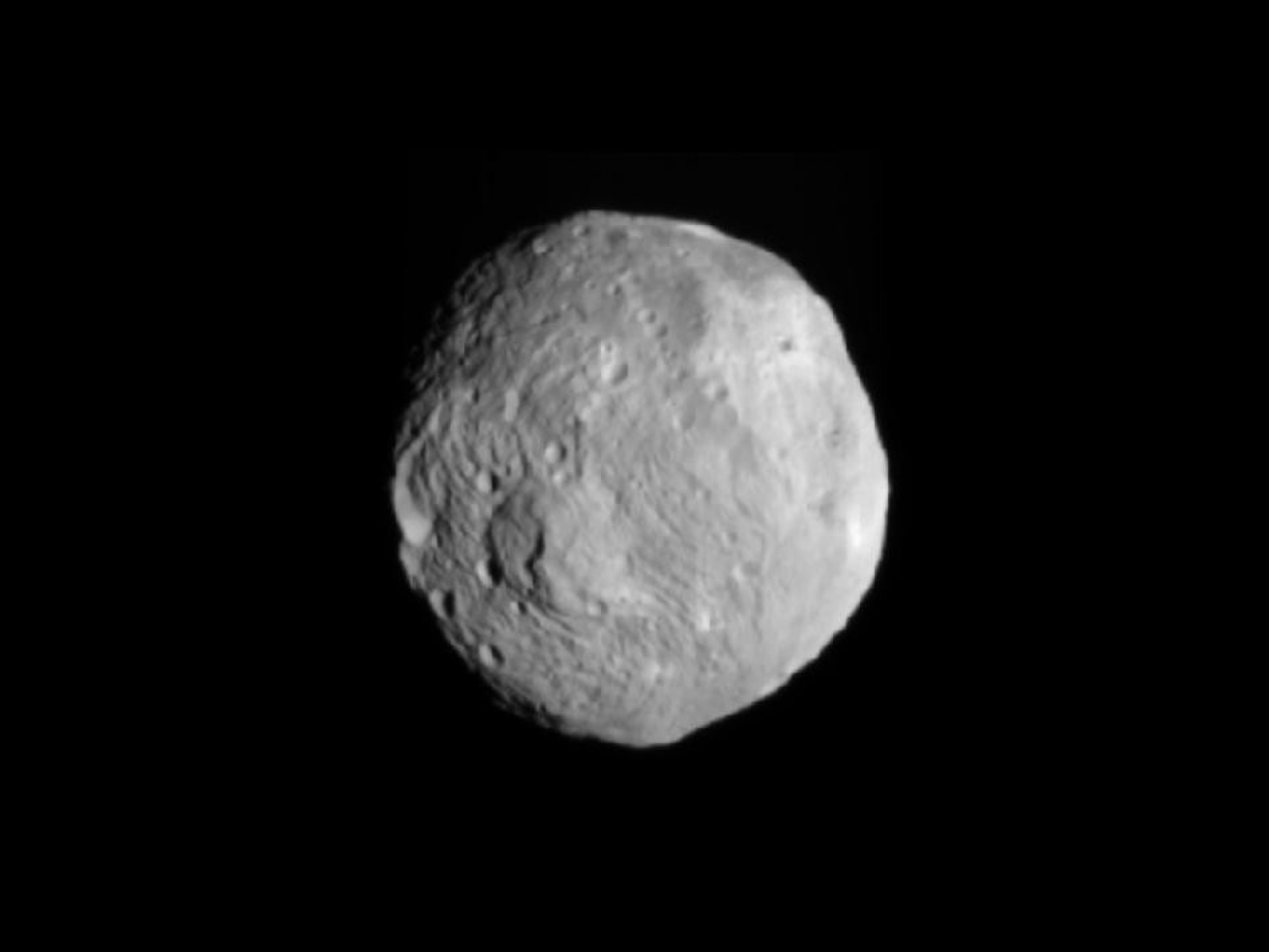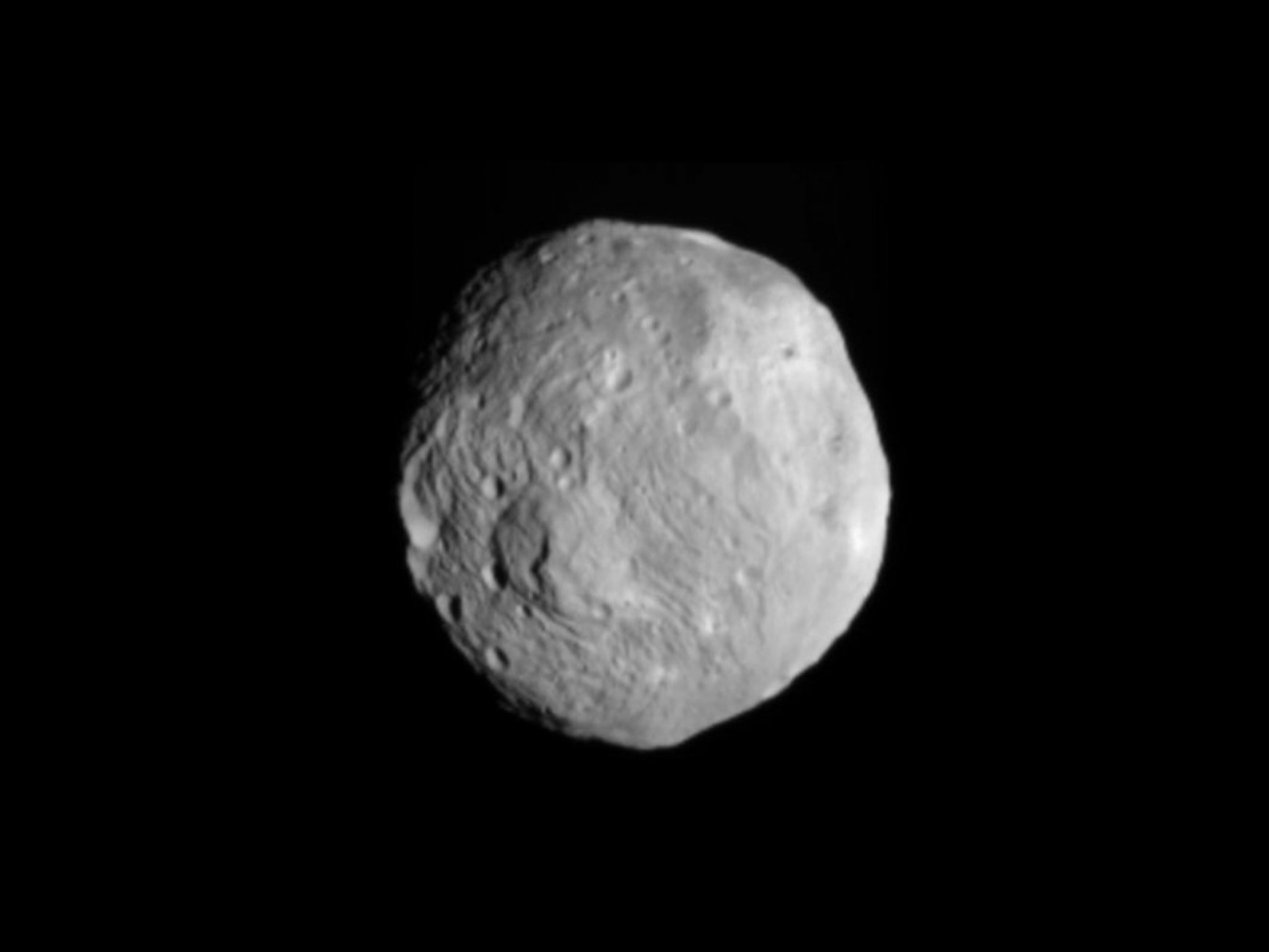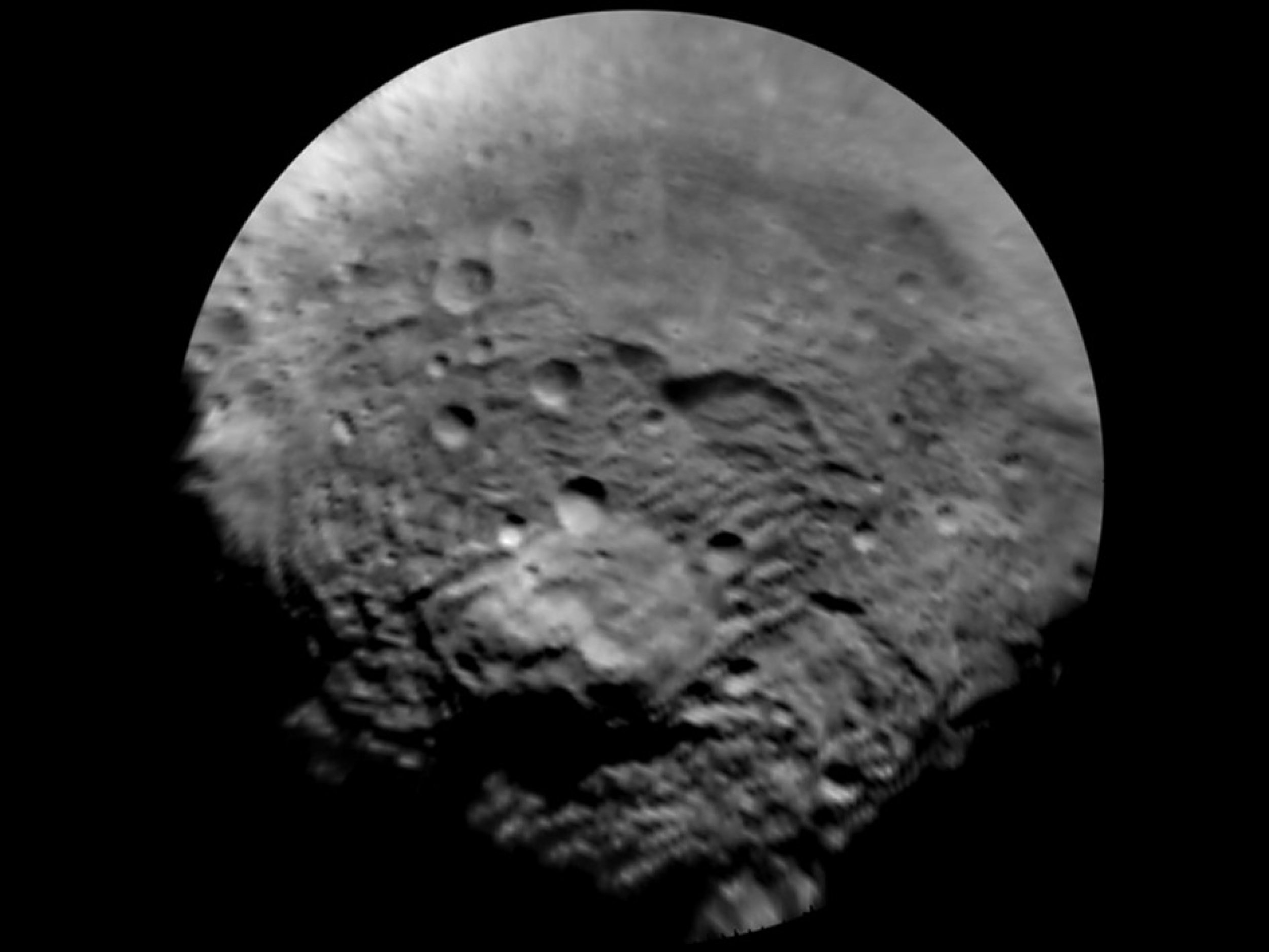Dawn Inches Closer to Vesta Asteroid, Scientist May Soon Accurately Measure its Gravity [PHOTOS]
Scientists have gotten close to the Vesta asteroid, the second-most largest of the asteroid belt, and photographed it for the first time.
NASA's Dawn spacecraft slipped into the asteroid's orbit last month and already beamed hundreds of images for scientists to begin poring over. NASA has taken images over the Vesta's northern Hemisphere after the spacecraft finished its first passage over the dark side of the giant asteroid.
Dawn's framing camera snapped an image on July 23 from a distance of 3,200 miles, or 5,200 kilometers.
"It is northern hemisphere winter on Vesta now, so its north pole is in deep shadow," NASA said in a statement on its website.
Scientists with the Dawn team are working to find out the significance of the distinct features in the image they took, which include large grooves or ridges extending for great distances around Vesta, according to NASA.
Dawn will study the Vesta for a year before leaving for a second target on a dwarf planet named Ceres in July 2012. The Dawn mission to Vesta and Ceres is managed by NASA's Jet Propulsion Laboratory, which is a division of the California Institute of Technology in Pasadena. The University of California, Los Angeles, is responsible for overall Dawn mission science, NASA said.
NASA has also said these observations will provide data to help scientists understand the earliest chapter of our solar system and will help pave the way for future human space missions.
Scientists will officially begin collecting data next week when they are about 1,700 miles from the surface, The Associated Press reported.
In mid-July, the spacecraft relayed information to NASA confirming that it entered Vesta's orbit. However, the precise time this occurred is currently unknown.
NASA has said the time of Dawn's capture depended on Vesta's mass and gravity. That kind of information has only been estimated until now.
The asteroid's mass determines the strength of its gravitational pull, said NASA.
If the Vesta asteroid is more massive, its gravity is stronger, meaning it pulled Dawn into orbit sooner, according to NASA. If the asteroid is less massive, its gravity is weaker and it would have taken the spacecraft longer to reach orbit.
Now that Dawn is in orbit, the science team can begin to take more accurate measurements of Vesta's gravity and garner more accurate timeline information.
Christopher Russell, the mission's chief scientist from the University of California, told The Associated Press that analyzing the surface of the asteroid "enables us to determine what has happened to Vesta over the eons."
The Vesta is about 117 million miles from Earth and resides in the asteroid belt, a zone between Mars and Jupiter, which is littered with hundreds of thousands of space rocks orbiting the sun, according to The Associated Press.






© Copyright IBTimes 2024. All rights reserved.






















